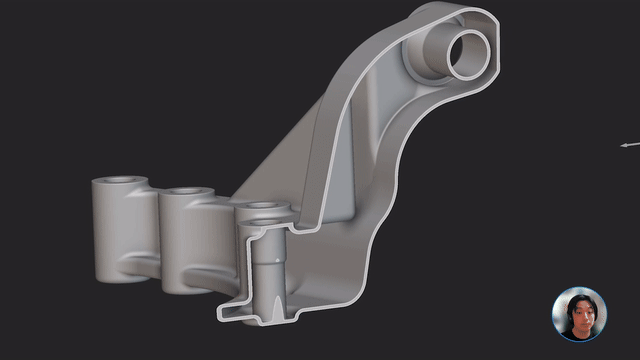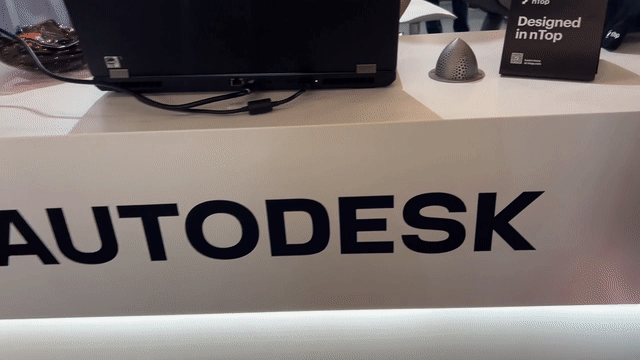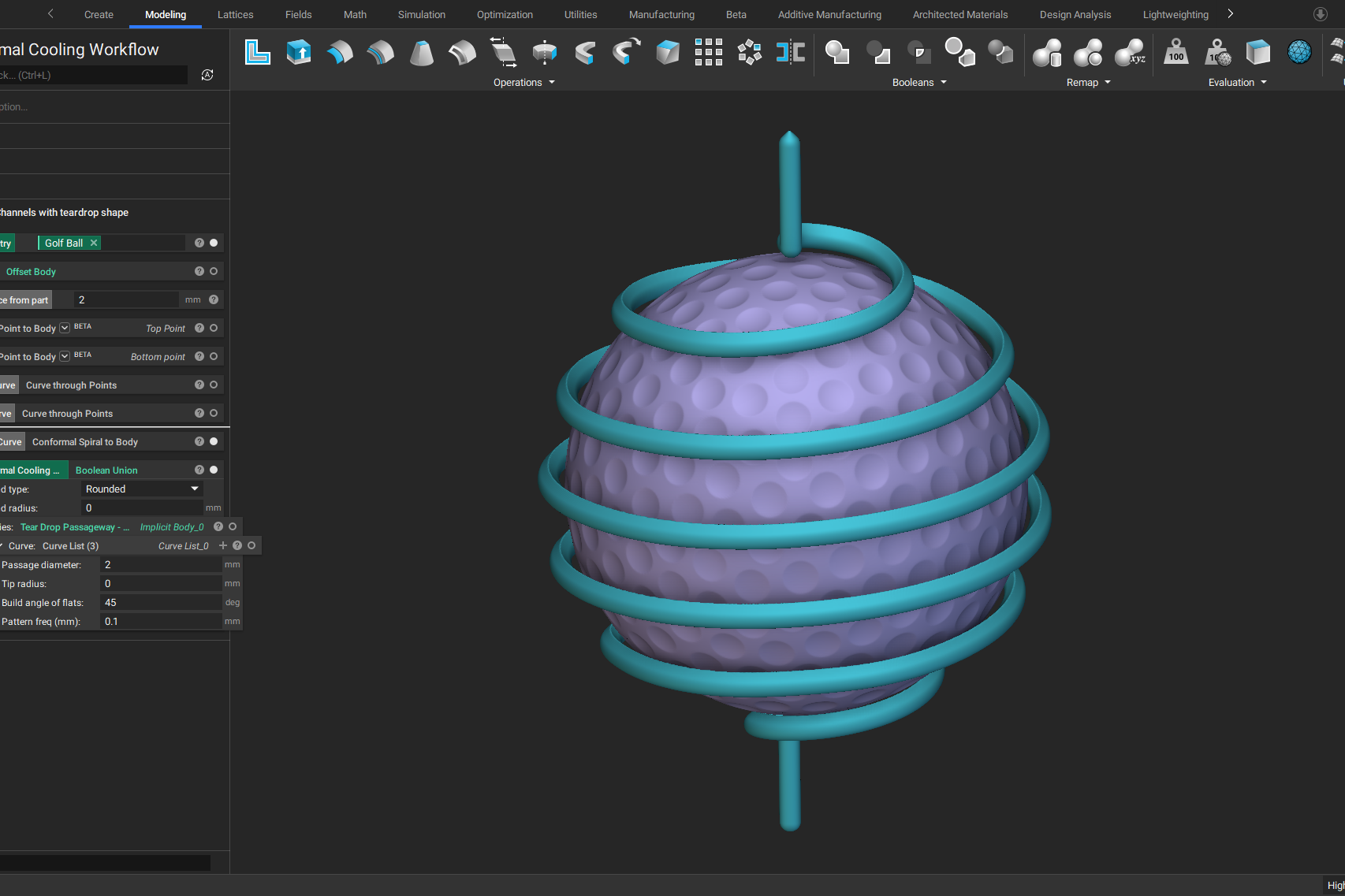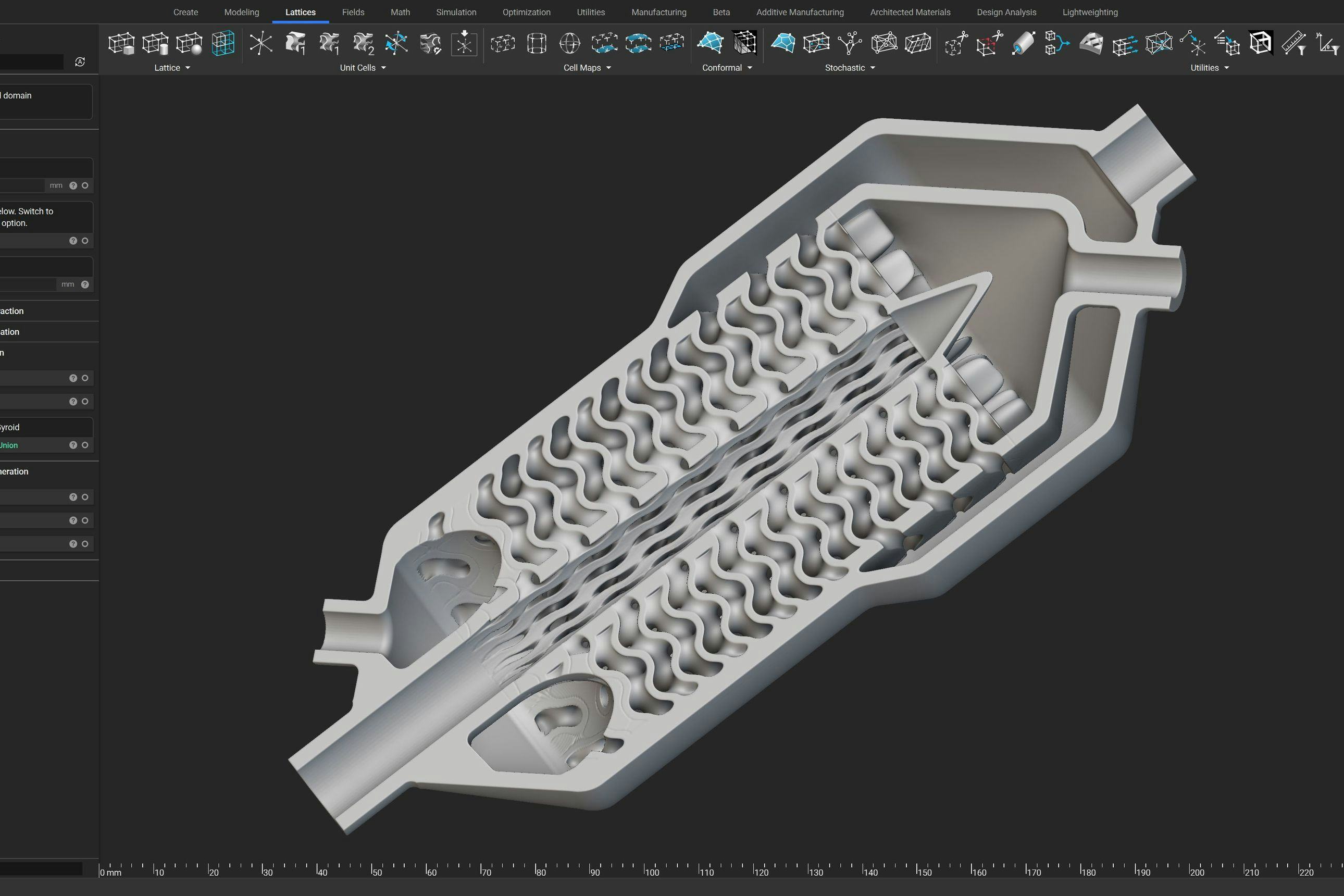Agile hardware development with additive manufacturing

Written by Imran Jameel | Staff Solutions Engineer at nTop
Published on July 20, 2023
Discover how additive manufacturing is revolutionizing production, streamlining processes, and reducing costs while offering a faster route to market for new hardware products.
The development of hardware is often a slow, costly process; traditional methods require teams to work in isolation, minimizing collaboration. However, with the rise of additive manufacturing (or industrial-grade 3D printing), organizations are now able to rapidly iterate on designs and manufacture them quickly. The concept of agile hardware development is based on — and inspired by — the software engineering culture of rapid iteration, continuous improvement, and collaboration between teams. Agile methods reduce design cycles, help engineers maintain focus on the goals of their product designs, and enable them to test solutions faster than ever before.
This article will explore how software, additive manufacturing, and agile development methods can be used in tandem to reduce how long the design cycle takes, improve collaboration between teams, and ultimately create better hardware products faster. We’ll cover topics such as how traditional hardware development processes differ from agile methods, the shifts in mindsets required for success, and the benefits of incorporating new tools into existing approaches.
Powering agile hardware development through design automation

Hardware development with design automation simplifies and accelerates the design and development process.
Design automation is an innovative approach to hardware development that helps companies create better products faster and at a lower cost. Design automation streamlines repetitive tasks that take too much time to perform manually. Applications of design automation include using generative design for design exploration, batch processing entire product families, and automating geometry generation during iterative simulation-driven design. It enables mechanical engineers to create rules, processes, and systems that capture engineering knowledge. Automation can help eliminate errors, shorten the time spent manually modifying models, and improve the quality of design outputs.
Put simply, an automation workflow is a template or configurator that receives certain parameters as inputs, generates or modifies geometry based on predefined rules, and produces a new 3D model as output.
By leveraging design automation, organizations can shift from incremental and iterative processes into one of continuous process improvement, creating a cycle where designs are constantly improved upon until they reach an optimal solution.
For this approach to be successful, there are a few requirements that teams need to meet, including engaging in essential shifts in mindsets. However, when a team can effectively adopt an agile approach to hardware development, there are many benefits compared to traditional methodologies.
The requirements
The new agile approach to hardware development demands a shift in processes, mindset, and tools compared to those required for traditional methodologies. It is also not suited to every product or case and should not be forced onto use cases that are better served by traditional approaches.
To effectively power agile hardware development through design automation, teams must:
- Focus on the process: As opposed to focusing solely on the final part, teams should shift their focus to how they develop products both from an operational and design perspective. This shift in perspective is one of the biggest and most essential changes necessary for success with agile.
- Have a team mindset: Similarly, shifting from a traditional mindset to a more collaborative, agile mindset is crucial when leveraging design automation for hardware development. This requires teams to rethink how they collaborate, organize themselves, approach timelines, and more in order to achieve the greatest success.
- Access appropriate software tools: To effectively use design automation, teams must have access to best-in-class software tools that automate repetitive tasks, help manage complexity, share processes, and promote collaboration.
- Have easy access to AM technology: Design automation is most effective when there is direct access to AM systems for rapid prototyping and dynamic iteration. With the ability to quickly test new designs comes an opportunity to shorten the timeframe for product development.
The benefits of agile hardware development through design automation

Using automation for design exploration helps identify an optimal solution.
Powering agile hardware development through design automation yields several key benefits. These include:
- Lower cost: Additive manufacturing eliminates the necessity for costly tooling. It establishes a framework of continuous improvement, empowering companies to iterate on designs using feedback from testing or simulation. In this iterative approach, engineers can seamlessly design parts, fabricate them using additive manufacturing, conduct field tests, integrate feedback, implement design modifications, and reproduce the parts until the optimal design is ultimately attained. Design automation accelerates the process even more by leveraging techniques like generative design to make it that much faster to develop and identify the concepts you want to manufacture. All of this results in reduced production costs.
- Less risk: Automated design processes significantly mitigate risk by promoting the efficient dissemination of knowledge throughout the organization. By incorporating automated workflows that capture the entire engineering process and can be readily deployed, these processes prevent information silos and reduce reliance on subject matter experts (SMEs). This minimizes the potential disruptions caused by the unavailability of key experts and helps avoid development standstills.
- Faster innovation: Leveraging design automation techniques such as generative design or parametric design, companies can continually improve upon their products, making them more optimized and flexible, even after they're released. These techniques enable rapid iteration cycles and the ability to quickly incorporate changes without sacrificing quality or reliability. This leads to shorter time-to-market cycles, greater customer satisfaction, and the ability to stay ahead in a competitive market.
Design software for additive manufacturing

A high-stiffness, low weight robotic gripper optimized in nTop
nTop is next-generation additive manufacturing design software ideal for mechanical engineers seeking to create a faster, better process that results in better parts. With its user-friendly interface and powerful features, nTop provides users with the resources they need to create designs customized precisely to their specifications.
nTop’s software includes a wide variety of benefits that enhance hardware development processes such as lightweighting, thermal management, mass customization, aesthetic design, and more. To discover how nTop can help you unlock the full potential of your industrial tech engineering projects, check out our comprehensive guide today.

Imran Jameel
Staff Solutions Engineer at nTop
Imran brings over five years of experience in designing and developing products using additive manufacturing (AM) and has collaborated with product development teams across various industries, including consumer products, sporting goods, outdoor gear, and medical devices. As a design engineer, he specializes in leveraging computational design tools/techniques and AM technology to create elegant, high-performance products from concept to delivery. In his previous role, Imran provided expert guidance to companies in adopting and utilizing polymer AM hardware, software, and materials for production purposes, revolutionizing their hardware product development processes. He has a proven track record of successfully launching and shipping numerous additively manufactured products, earning prestigious accolades for their design, including recognition from awards such as Core77. His work has been featured in The Verge, Engadget, and Fast Company. Imran holds a degree in mechanical engineering from McGill University and enjoys indulging in urban farming in sunny California during his leisure time.
Related content
- PRODUCT UPDATE
nTop 5 is here: Expanding the implicit ecosystem, boosting performance and precision

- VIDEO
Five ways to lightweight in nTop in less than 5 minutes

- VIDEO
Sneak peek into the nTop + Autodesk Fusion 360 integration

- ARTICLE
Optimizing thermal management with conformal cooling to extend operational life

- ARTICLE
Advancing structural performance of aerospace heat exchangers
